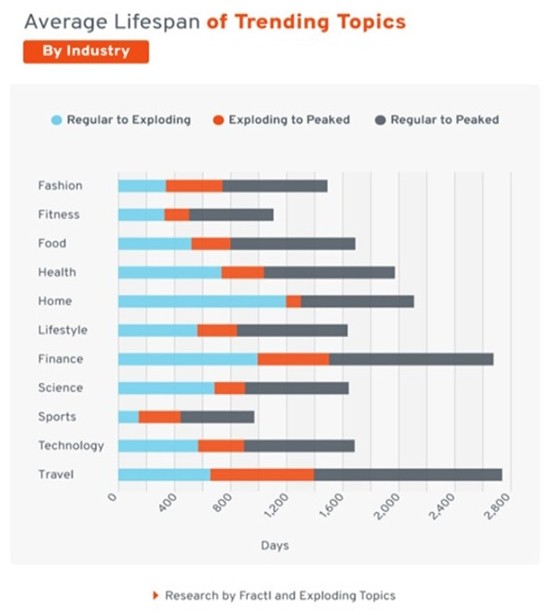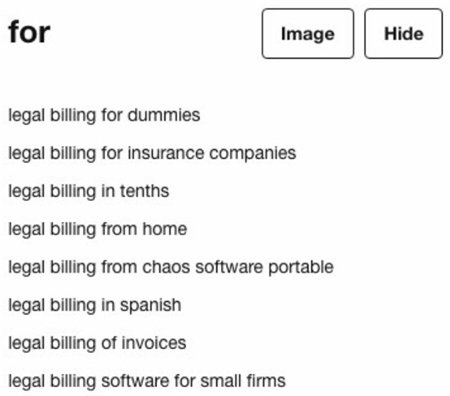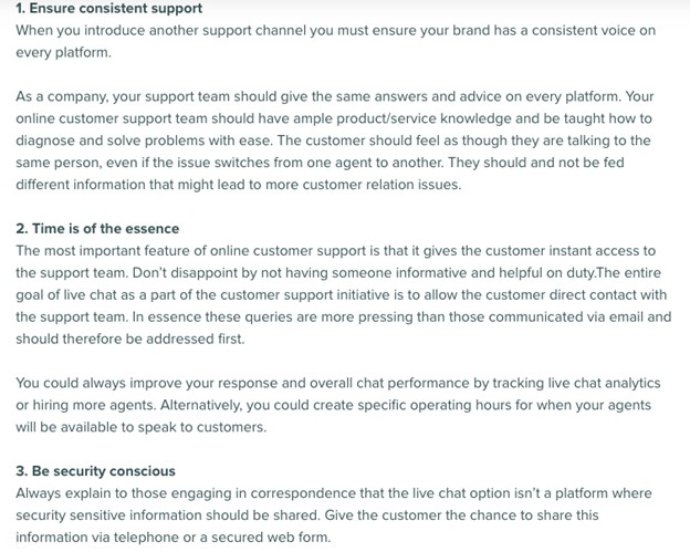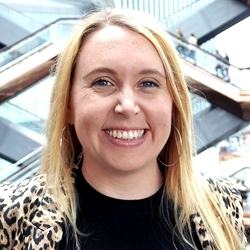When setting out to write, most people have a topic in mind. But you need to organize your thoughts and do more research before you press "publish."
For content marketers, a common goal is to rank for certain keywords in search engines. Promoting on social media and via email can give content a great boost, but if you want long-lasting visibility, ranking in the search engine results pages (SERPs) is a must.
To do that, you need the best, most relevant on-site B2B content. And that's not always easy to come by.
Here are some tips on how to create content that ranks.
Investigate your topic
Creating great content is a balance of trusting your instincts and confirming them with research. Before committing to a certain route for your content, have a plan for what you want to say, and to whom.
Having a topic is a great start, but it's important to understand the feasibility of ranking for that topic (assuming ranking is the goal).
First: is it a trending topic? If so, how long do you have before the topic peaks or no longer holds interest for people?
To find out how long topics typically trend in various niches, we teamed up with Exploding Topics. As you can see in the following graph, how long a topic lasts depends on the industry, so keep that in mind when mapping how long it'll take to create and promote your content.

Next: is it a topic people care about? Investigate keywords that match your topic to see their volume. Free Chrome extensions, such as Keyword Surfer, can help.
Don't focus just on keyword volume, though. If your topic is niche and the keywords are long-tail keywords (more specific than usual), it's totally normal to get a "0" volume result—and that keyword could still be worth ranking for!
Ask yourself: Where does my content idea fit in the marketing funnel? If it's at the bottom, it can be worth ranking for, because those who would read the article are nearly ready to make a purchase and are thus valuable readers, even if they're few and far between.
For example, I searched using the long-tail "best billing software for lawyers." G2 has a featured snippet for that search because G2 provides a straightforward way to compare legal billing software when you click through (the content is not a typical post, but it's content nonetheless), and therefore it ranks high in Google search results. Creating that value allows G2 to attract law firms interested in those listings and potentially interested in its other service offerings, as well.

Investigate your audience
Knowing what you want to talk about isn't enough; you also have to know whom you're trying to speak to. Identifying that will help you focus your piece and make it valuable for a particular group of people rather than a vague or broad audience.
First, pull up your audience personas. Which persona does your content idea speak to? How can you reflect that audience's challenges and concerns in your content? If your content doesn't speak to one of your personas, ask yourself whom you are targeting and what the goal for the piece really is.
Then it's time to learn more about your audience through question research. That can include keyword research and exploring the "people also ask" section of Google results. What are people looking for? What solutions do they seek?
A quick look at the related searches section for our previous example reveals other considerations searchers are interested in, such as cost, e-billing, and general management software.

If you have a topic ready but you aren't sure which direction to go in, a tool like Answer the Public can be helpful. It offers free searches and quick but comprehensive insight into the many questions being asked around your topic online. It's a great way to narrow down which audience you want to reach.

When you create high-quality content that provides value to your audience, you're one step closer to meeting "search intent." Doing so is important to ranking high, because it means someone searching for something on Google selects your content to click on because it satisfies the intent of the person's inquiry.
Understand and plan to beat your competition
Once you know your topic and audience, you'll be in a much better position to create high-ranking content. But there's another crucial step: competitive research.
Ranking in the SERPs doesn't happen in a vacuum: Your content is being compared with millions of other sites'. Search for your topic on Google and see what already ranks. Examine the content in the following ways:
- What is my first impression of this page? What not-so-great aspects stick out that I can improve upon?
- Does this page meet the searcher's intent, and, if not, how can I?
- Is the content easy to understand and navigate? If not, how can I create better organization and design?
- What type of content is this (video, text, infographics, charts, etc.)? Are there other types of on-site content that would be more suitable for the topic?
Everything that currently ranks presumably meets Google's expectations for what people want out of that search query. Consider what the content creators are doing right and doing wrong so you can do a better job of meeting Google's criteria.
For example, say you're trying to outrank this Zendesk article with tips for providing customer support. Doing so might be tough, because Zendesk is an authoritative brand. However, when I look at the guide, I see room for improvement:

Chunks of the guide are text-heavy—without any bulleting, images, or other formatting measures that make it engaging. It also hasn't been updated since 2014.
Those are the kind of observations that lead to creating a better piece of content.
* * *
Before publishing anything, you should be able to answer "yes" to this question: Would someone want to read this piece of content over anything else right now?
You want your content to be the best possible answer to their question. If you research your topic, audience, and competition, you'll create something worth clicking on.




